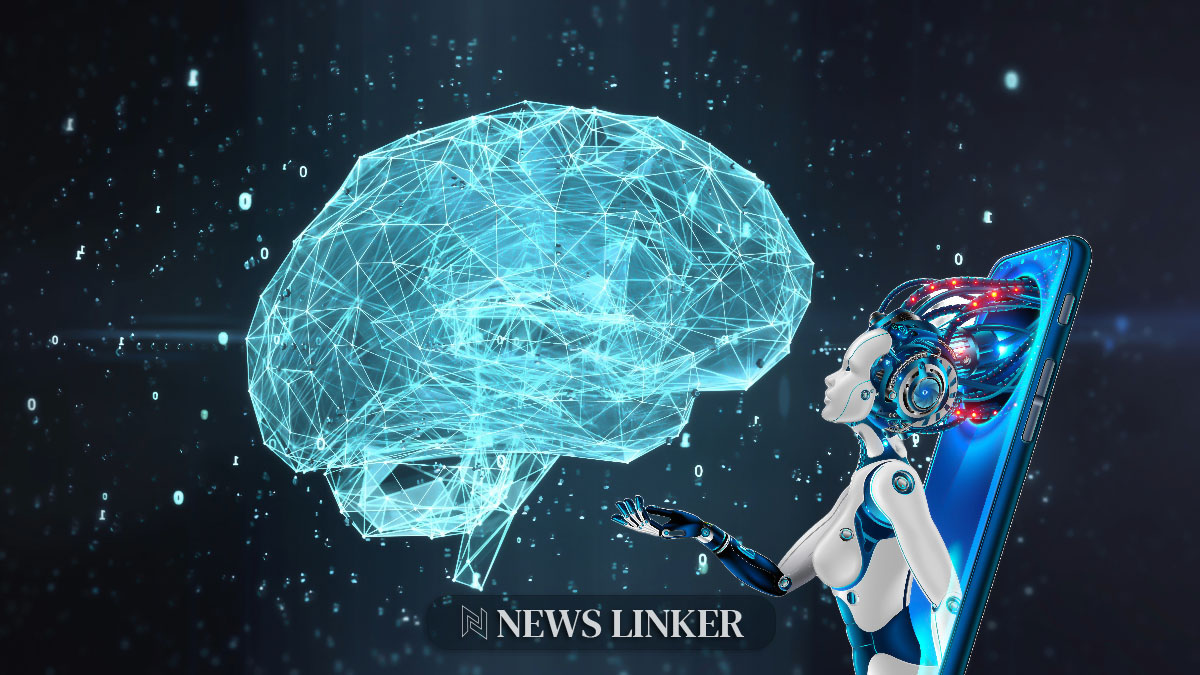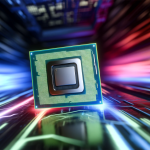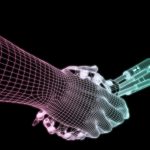The key to harnessing the superior thermal conductivity of diamonds lies in the precise application of reversible elastic strain, a technique that has recently seen significant advancements thanks to the utilization of artificial intelligence. Through a marriage between machine learning and first-principles calculations, researchers at MIT have pioneered an innovative method to predict and consequently modulate the thermal properties of diamonds with unprecedented accuracy.
Investigations into diamonds’ thermal conductivity have historically relied on first-principles calculations to understand their phonon band structures. Nevertheless, the computational intensity of these methods posed limitations, especially for real-time application. It has become evident that a novel approach was necessary to advance this field of research. The integration of neural networks, to leverage the structured relationship between band dispersion and strain, marked a significant shift in the methodology. By training machine learning models on data derived from ab initio calculations, researchers have been able to make robust predictions about the stability of phonons, density of states, and band structures in diamonds subjected to strain.
What’s the Process of Machine Learning Integration?
The research method begins with calibrating computational results with experimental data from unaltered diamonds. A collection of approximately 15,000 strain data points, obtained through Latin-Hypercube sampling, undergoes ab initio calculations. These calculations, along with density functional theory (DFT) and density functional perturbation theory (DFPT), provide the necessary data for machine learning models. Such models include fully connected neural networks and convolutional neural networks, which offer insights into phonon stability and related properties across various strain states. The models are further refined using active learning cycles and synergistic data sampling techniques.
How Does Active Learning Enhance Model Performance?
Model performance is not solely dependent on the initial training but also benefits greatly from active learning cycles. These cycles iteratively improve the model’s predictions, ensuring more accuracy with each phase. Additionally, molecular dynamics (MD) simulations are crucial for calculating the thermal conductivity of diamonds, providing qualitative validation for the observed trends and patterns.
In a parallel domain, a scientific paper published in the Journal of Applied Physics titled “Machine Learning in Materials Science: Recent Progress and Emerging Applications” supports the effectiveness of combining machine learning with traditional computational methods. This paper validates the approach taken by the MIT researchers, emphasizing that machine learning can indeed fine-tune material properties such as thermal conductivity by identifying patterns within complex datasets generated by computational simulations.
What Are the Implications for Semiconductor Design?
The implications of this research extend to the semiconductor industry, where the ability to control thermal properties of materials like diamond can lead to substantial advancements in device performance. Engineers and scientists can utilize this technique to customize semiconductor devices to achieve optimal performance metrics and enhance their thermal management capabilities. This method serves as a computationally efficient alternative to explore the intricate interaction between strain and thermal conductivity, paving the way for new possibilities in device customization and optimization.
The study demonstrates a groundbreaking approach that amalgamates first-principles calculations with machine learning to understand and control diamond’s lattice thermal conductivity. By implementing this method, researchers can predict the occurrence of phonon instability and modulate thermal conductivity through deep reversible elastic strain. This innovative approach not only provides a more efficient computational model but also lays the groundwork for future technological enhancements in semiconductor design. The implications are profound, potentially enabling the creation of highly optimized devices with superior performance and thermal management.
In the broader scope of material sciences, the study underscores the transformative potential of AI in advancing our understanding of complex material behaviors. It also exemplifies the synergy between experimental validation and computational innovation—a combination that is quintessential for pushing the boundaries of what’s possible in the realm of advanced material engineering.










